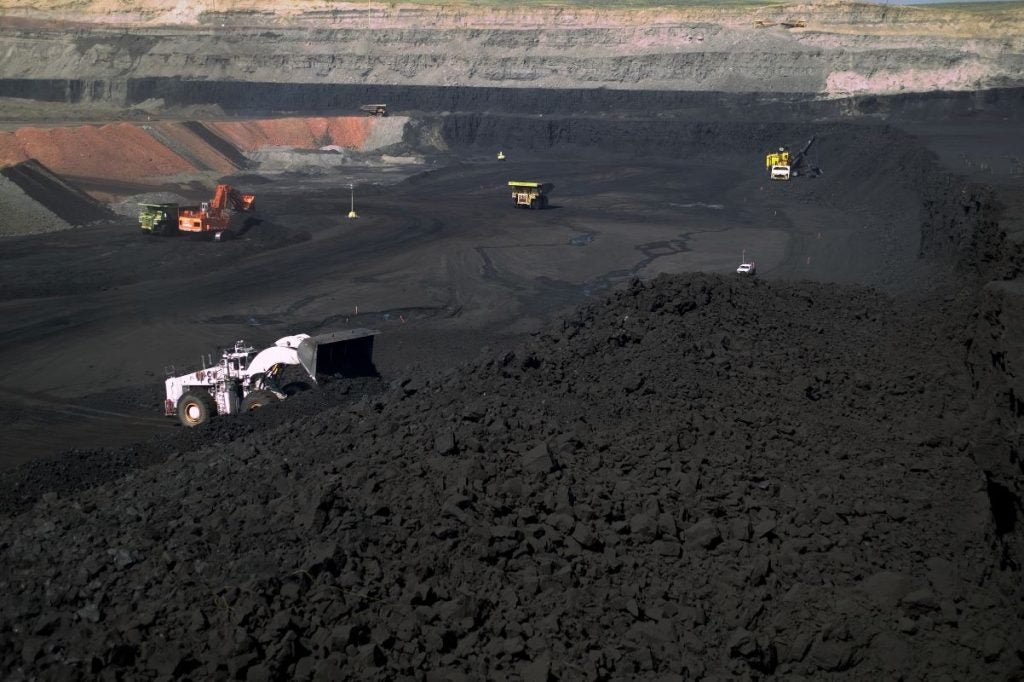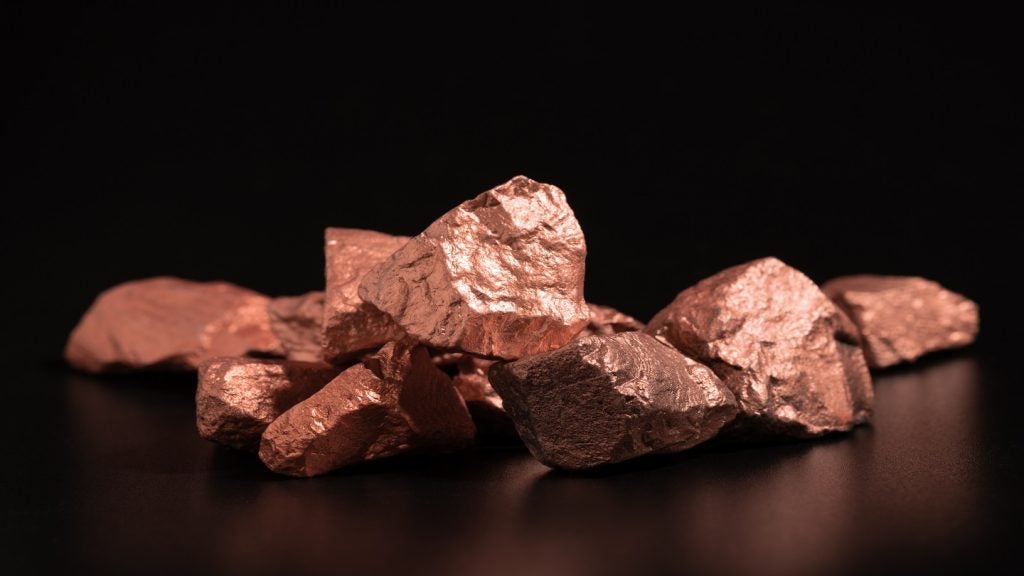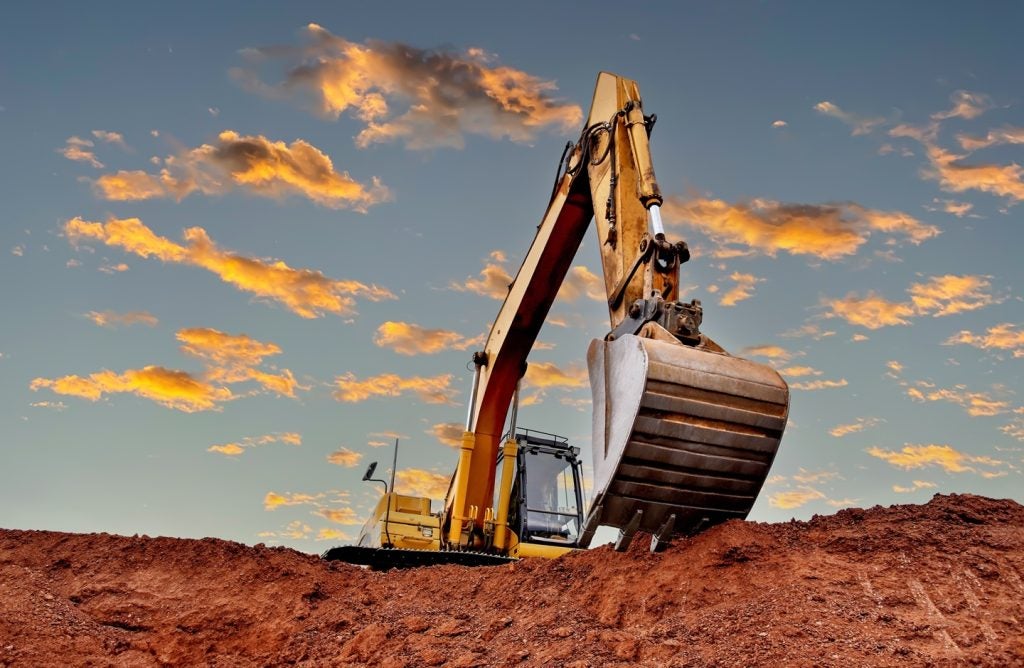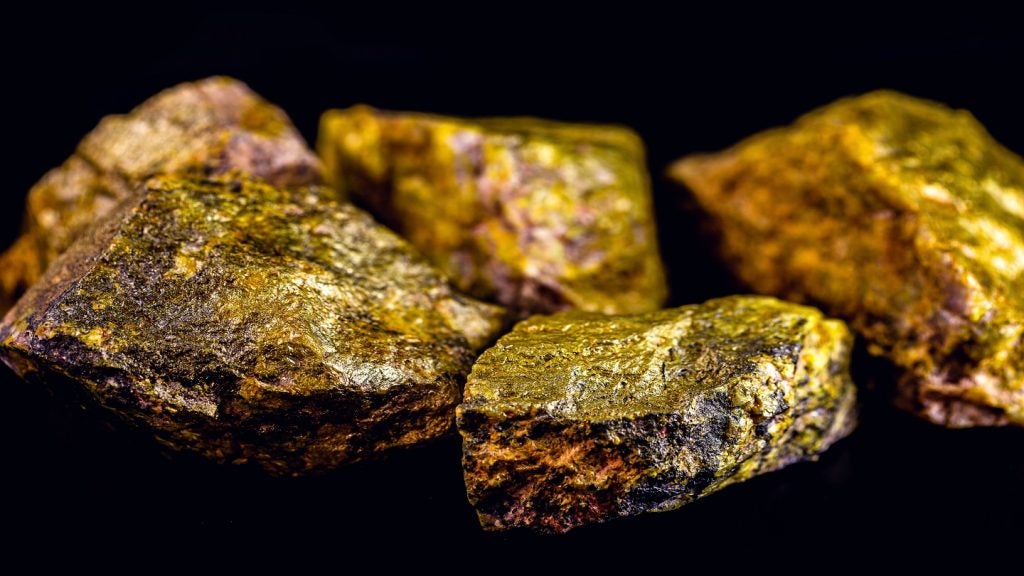Wyoming has been the top US coal producer since 1986, supplying around 40% of the nation's coal from the top ten mines in the Powder River Basin.
According to the Wyoming Mining Association (WMA), most of the coal in the region is sub-bituminous, with low sulphur content and a heat value of 8,400–8,800 British thermal units per pound. It is considered clean-burning and has steadily increased its share of the nation's total electricity generation over the past few decades.
However, the Biden administration announced the end of coal leasing in the Powder River Basin this year, recognising the market’s transition away from coal and its impact on the climate.
The impact of Biden administration's measures on coal leasing
In May, the Bureau of Land Management (BLM) issued final environmental impact statements for two resource management plans in the Powder River Basin. It has been determined that continuing to lease the region's coal would impact the climate, human health and the environment. BLM has chosen the "no future coal leasing alternative", permitting existing mines to develop already-leased reserves but not expanding with publicly owned coal reserves.
"It wouldn’t affect ongoing leases. It would affect the issuance of new leases... I don't think that is a massive policy action," Dr Florian Egli, Professor of Public Policy for the Green Transition at the Technical University of Munich, told Mining Technology. “The number of new leases will probably be quite limited if you look at how coal demand is going to develop into the 2030s, 2040s and 2050s.”
Following a consistent period of decline, coal production in the basin decreased significantly this year due to a mild winter and growing competition from alternative energy sources. In 2024, Wyoming produced approximately 87.26 million short tons compared with 115.64 million in 2023, reflecting a 24.5% decrease.
Earthjustice, a non-profit public interest organisation, says BLM's decision comes after several coal company bankruptcies and announcements of mine closures. Only a few coal lease applications in the region are still pending, all of which have been postponed for years at the companies' request.
According to GlobalData, the outlook for the US coal mining industry has been “bleak” for more than two decades due to a combination of declining domestic demand, heightened regulatory scrutiny and the global trend towards cleaner energy sources.
Part of a wider shift towards clean energy
The Powder River Basin in Wyoming and Montana is central to a political battle over fuel. Due to new US Environmental Protection Agency (EPA) regulations, the Colstrip Generating Station in Montana, which emits high levels of toxic air pollutants, may be required to invest $400m to reduce emissions, or cease operations.
Additionally, the proposal to discontinue leasing taxpayer-owned coal reserves in the area could potentially impact mines like Westmoreland Mining’s Rosebud project, which supplies fuel to Colstrip.
As per the Energy Intelligence Unit’s (EIU) lead energy analyst, Nicolás Daher, Biden's action solidifies his climate and energy legacy as the most proactive US president in advancing the shift to cleaner energy sources. The introduction of this new regulation should also be considered within the framework of the Harris presidential campaign. It may be interpreted as a means to garner greater support from environmentally conscious younger voters.
According to Daher, coal is being replaced by natural gas, solar and wind, leading to lower CO₂ emissions and cheaper electricity in the US.
“In the very short term, electricity costs could increase due to the large capital costs of installing new power generation capacity and… the costs of decommissioning coal plants, but the long-term trend is towards more affordable electricity prices as the share of renewables in total power generation increases.”
Can mining benefit from the shift to clean energy?
According to Daher, natural gas, solar and wind have replaced coal. “Any of these three sources emit less greenhouse gases than coal. Therefore, US CO₂ emissions will decline as the US abandons coal-fired power generation,” which is cheaper than coal-produced electricity.
Simon Price, market research company CRU’s director of Energy Transition, says solar power will be the primary source in the southern US. In the northern part of the US, solar and wind energy will be combined, while Wyoming, located in the western middle, is likely to have a mix of solar and possibly more wind energy.
However, he says that wind is “not as cheap as solar”, and hence, Wyoming could become an "importer” instead of a “producer of power”. The state currently produces 12-times more energy than it consumes, according to the EIA, making it the third-biggest net energy supplier in the US after Texas and Pennsylvania. Coal-fired power plants produced around 71% of Wyoming’s electricity in 2023, while wind accounted for 21%.
However, there is an opportunity for this transition to benefit mining in the region.
The US Department of Energy is investing nearly $10m in two projects to reduce the costs and environmental impact of producing rare earth elements (REEs) and critical minerals from coal. This funding will help meet the growing demand for these materials in the US and reduce reliance on foreign supply chains.
Daher notes that Wyoming stands to gain significantly from the increase in mining activity, as it is crucial for producing the technology required for the shift to renewable energy. The region is poised to become a leading force in mining within the US.
According to him, REEs play a vital role in this context because they are necessary for creating permanent magnets for electric vehicles and wind turbines and because China largely controls supply chains.
“Although a $10m investment will probably not be enough to generate a major breakthrough, if the project results successfully in extracting REEs from coal, it will encourage other similar projects, with the following boost in investment in the area,” Daher adds.
Market challenges and outlook for coal in Wyoming
Despite a remarkable environmental policy in Wyoming, the Republican leaders remain concerned that the proposed amendment to end coal leasing will “severely affect” the people of Wyoming and the state’s economy.
“It would also put electric reliability across the country at risk. We urge you to rescind this amendment,” Wyoming Republican US senator Cynthia Lummis said in a letter.
Wyoming supplies roughly 40% of the nation's coal, most mined in the Powder River Basin. The proposed amendment by the BLM would prevent future coal leasing and block access to 48 billion short tons of coal in Wyoming. Lummis said: “Wyoming has been targeted left and right by rule after rule handed down by this administration. Wyoming coal is needed now more than ever to power our nation and the world.”
However, the EIU does not “expect the new rule to significantly change the outlook for the coal industry in the area as it was already in a steep decline”. At its peak in 2008, the Powder River Basin produced 496 million short tons of coal, but in 2022, production decreased to only 258 million short tons, leading to a significant reduction in the workforce, an analyst says.
The EIU expects this decline to continue over the next decade, primarily due to the sharp decrease in coal consumption in the US as coal-fired power generation is phased out and replaced by natural gas and renewable energy, particularly solar and wind.
Egli echoes this. “Coal in Montana and Wyoming will continue for a while, but I would expect market demand [to be] really weakened.”
With the regulation, the phase-out of coal in the region “might play out a bit faster”, he says, adding, “but I would expect that to happen without regulation, too.”
However, Egli does not expect this policy to cause “massive negative effects” on the local economy, partly because the Wyoming-Montana coal mining region is much less labour-intensive than the Appalachian one. "It is more surface mining, heavier equipment and larger-scale mining; to my understanding, it is also less culturally rooted.”
Egli reflects: “Solar and wind energy have become much cheaper thanks to strong policy support. In combination, they drive higher-cost coal out of the market, first leading to the closure of older and less efficient mines.”
GlobalData projects that US coal output will fall to 362.8 million tonnes (mt) by 2030, driven by the gradual closure of around 20 mines. Mines slated for closure include Kemmerer, Black Butte and Leucite Hills (2026), Eagle Butte and Spring Creek (2027), Antelope (2028), Colstrip (2029) and Leer (2030). Collectively, these mines produced 46.3mt of coal in 2023.
The decision to end coal leasing in Wyoming's Powder River Basin marks a significant shift in energy policy towards cleaner and more sustainable sources. While the impact on the coal industry and local economies is a point of debate, the move reflects the growing recognition of the need to address climate change and transition towards renewable energy sources.














